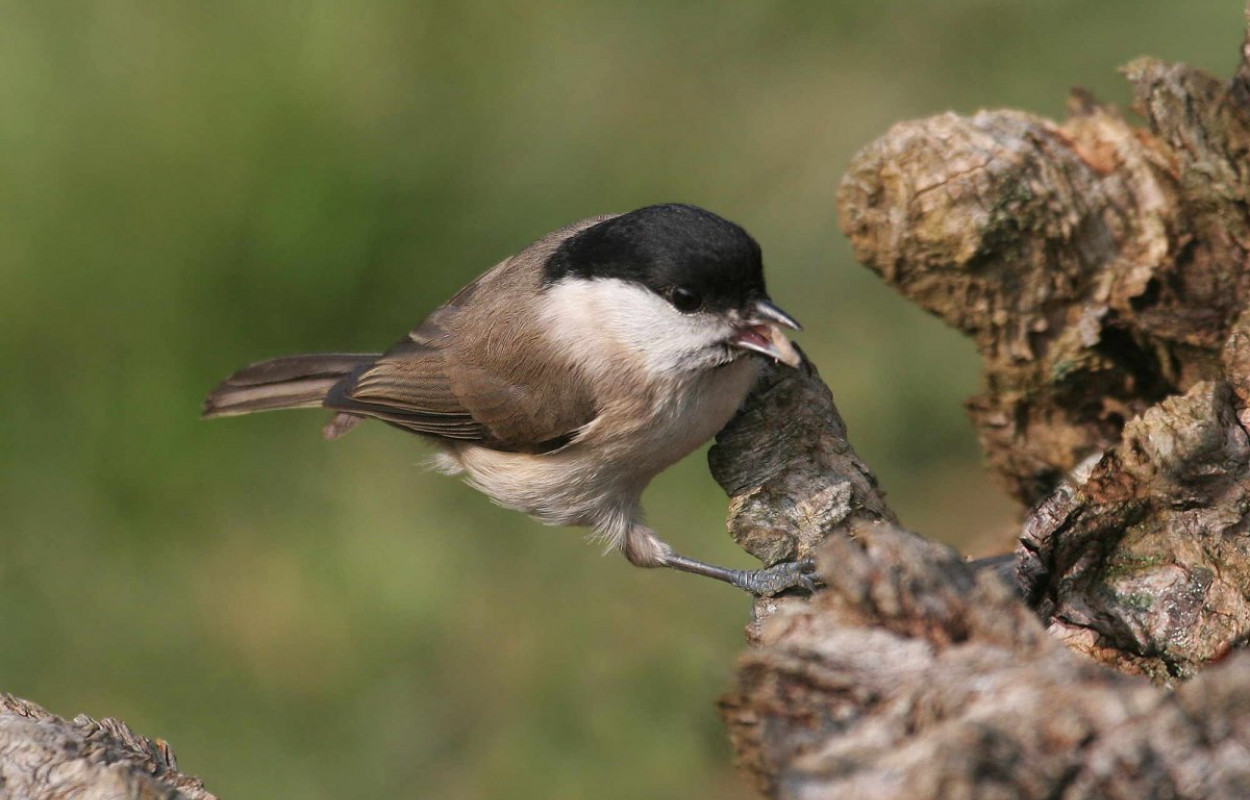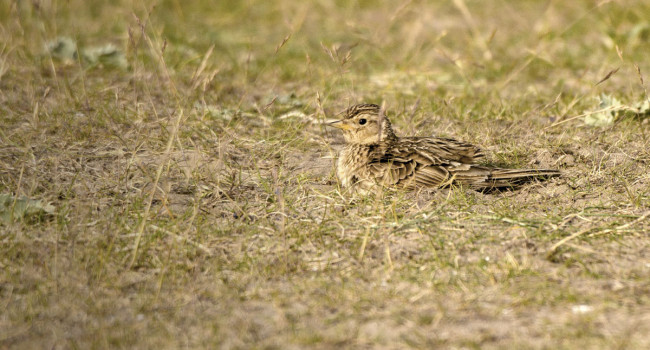Morphology, geographical variation and the subspecies of Marsh Tit Poecile palustris in Britain and Central Europe

Author(s): Broughton, R.K., Burgess, M.D., Dadam, D, Hebda, G., Bellamy, P.E. & Hinsley, S.A.
Published: March 2016
Journal: Bird Study Volume: 63 ( part 1 )
Digital Identifier No. (DOI): 10.1080/00063657.2015.1132187
The taxonomy of tits has been reviewed several times since they were first classified, with species such as Willow Tit and Marsh Tit, once considered one and the same, now classed as separate. Debate continues about subspecies, despite advances in molecular techniques and other tools. Marsh Tit, which has variation in coloration, wing and tail length across its range, is one species for which classification at this level remains unresolved.
Marsh Tits in Britain underwent a 73% decline between 1966 and 2013. Two subspecies, Poecile palustris palustris and Poecile palustris dresseri, are designated in government biodiversity action plans, but it is not clear whether this distinction actually exists in British birds. BTO is part of a new collaborative study, led by the Centre for Ecology and Hydrology and published in the BTO journal Bird Study, which examines the question of Marsh Tit subspecies using measurements of wing and tail length collected during bird ringing at 14 sites across Europe, including eight in Britain.
The results indicate that all British Marsh Tits in the study belonged to the subspecies dresseri, whereas those from elsewhere in Europe were from the palustris subspecies. This has implications for Marsh Tit conservation, as this species has declined in northern England and Scotland faster than in other regions. Previously it was thought the northern populations might be from the palustris subspecies, but evidence from this study suggests there is no ecological or taxonomic reason why birds from southern Britain could not be used for reintroductions further north. This therefore opens a possible new avenue for conservation of this declining species.






Share this page